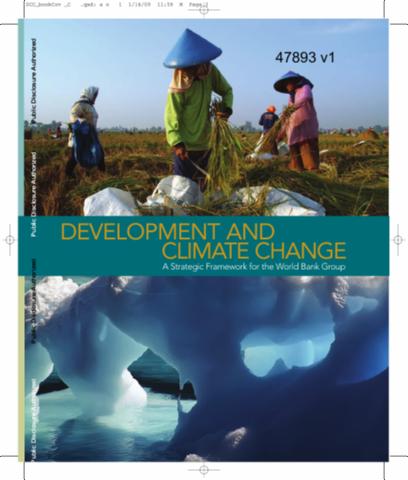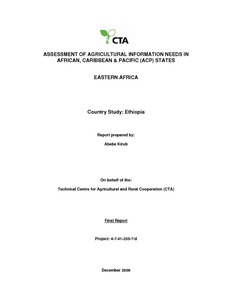After the hotspots are gone: land use history and grassland plant species diversity in a strongly transformed agricultural landscape
Distribution and interaction of white-tailed deer and cattle in a semi-arid grazing system
In order to optimize production, range managers need to understand and manage the spatial distribution of free-ranging herbivores, although this task becomes increasingly difficult as ranching operations diversify to include management of wildlife for recreational hunting. White-tailed deer are sympatric with cattle throughout much of their range and are a valuable commodity in southern rangelands. The spatial distribution of deer and cattle was monitored over 1 year during four trials each lasting 12 days.
Precision, Repeatability, and Efficiency of Two Canopy-Cover Estimate Methods in Northern Great Plains Vegetation
Government agencies are subject to increasing public scrutiny of land management practices. Consequently, rigorous, yet efficient, monitoring protocols are needed to provide defensible quantitative data on the status and trends of rangeland vegetation. Rigor requires precise, repeatable measures, whereas efficiency requires the greatest possible information content for the amount of resources spent acquiring the information. We compared two methods--point frequency and visual estimate--of measuring canopy cover of individual plant species and groups of species (forbs vs.
Summer habitat preferences of GPS-collared reindeer Rangifer tarandus tarandus
Reindeer Rangifer tarandus tarandus husbandry in Sweden commonly uses the Scandinavian mountain chain as grazing area during the snow-free season and the coniferous forests in the east during winter. Current knowledge of habitat use by reindeer is primarily based on traditional or local knowledge, or on investigations carried out on wild reindeer and caribou in other parts of the world. We identified spatial and temporal habitat use of free-ranging semi-domesticated reindeer by following 48 GPS-equipped reindeer in three summer ranges in the Swedish reindeer herding area.
Nitrogen isotope composition of soils, C3 and C4 plants along land use gradients in southern Africa
Scaling effects of proximate desertification drivers on soil nutrients in northeastern Tanzania
Native plant development and restoration program for the Great Basin, USA
Development and Climate Change
This strategic framework serves to guide and support the operational response of the World Bank Group (WBG) to new development challenges posed by global climate change. Unabated, climate change threatens to reverse hard-earned development gains. The poorest countries and communities will suffer the earliest and the most. Yet they depend on actions by other nations, developed and developing. While climate change is an added cost and risk to development, a well-designed and implemented global climate policy can also bring new economic opportunities to developing countries.
A summing up: Synthesis 2007: Changing the way we manage water for food, livelihoods, health and the environment
This reports summarizes and synthesizes activities and achievements of the CGIAR Challenge Program on Water and Food (CPWF) through the end of 2007. The CPWF is an intiative of the CGIAR designed to take on the global challenge of water scarcity and food security.




